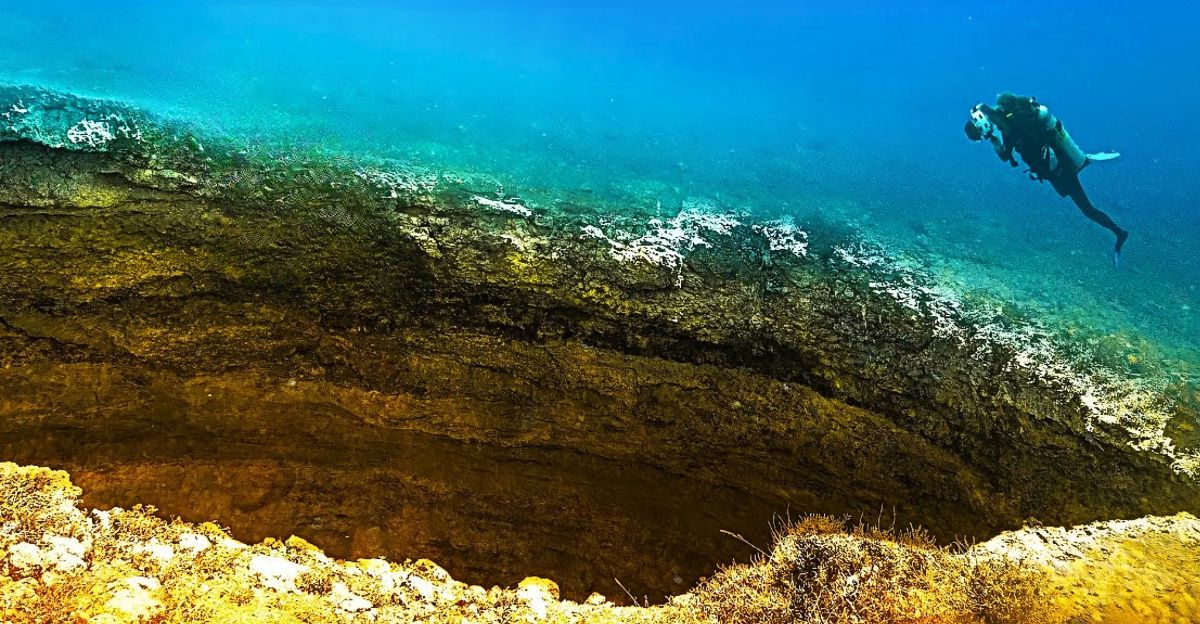
New research has revealed that the Pacific Plate, Earth’s largest and once considered one of the strongest tectonic plates, is tearing apart beneath the ocean. Contrary to the long-held belief that oceanic plates remain solid and intact as they drift across the mantle, scientists have discovered massive undersea faults. Is the world tearing apart beneath our feet, or are we just getting to know the world better?
The Myth of Oceanic Plate Stability
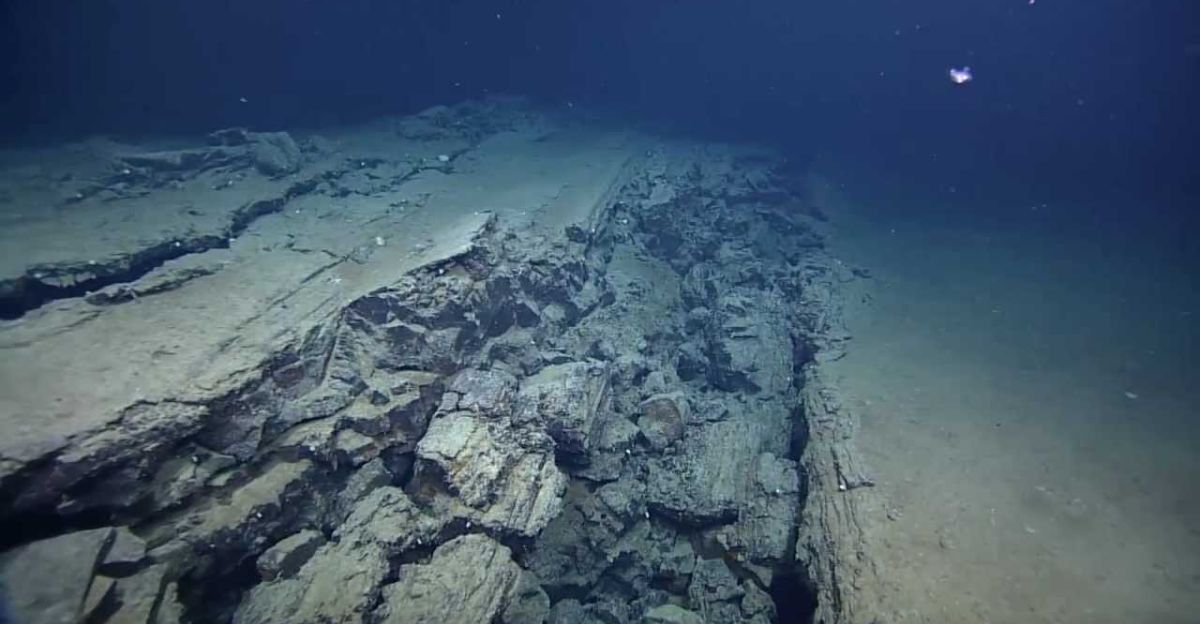
The long-standing myth of oceanic plate stability holds that these plates are rigid, unbreakable slabs that move intact across the mantle. Traditional plate tectonics theory emphasizes that oceanic plates, formed at mid-ocean ridges, gradually cool and thicken but remain cohesive as they are pulled into subduction zones.
Recent findings challenge this view by showing that oceanic plates can internally tear due to tectonic stresses, especially in thickened regions like oceanic plateaus. “We knew that geological deformations like faults happen on continental plates, far from plate boundaries,” says Erkan Gün, a postdoctoral fellow at U of Toronto and lead author of the study. “But we didn’t know the same thing was happening to ocean plates.”
All About Sub-Oceanic Plateaus
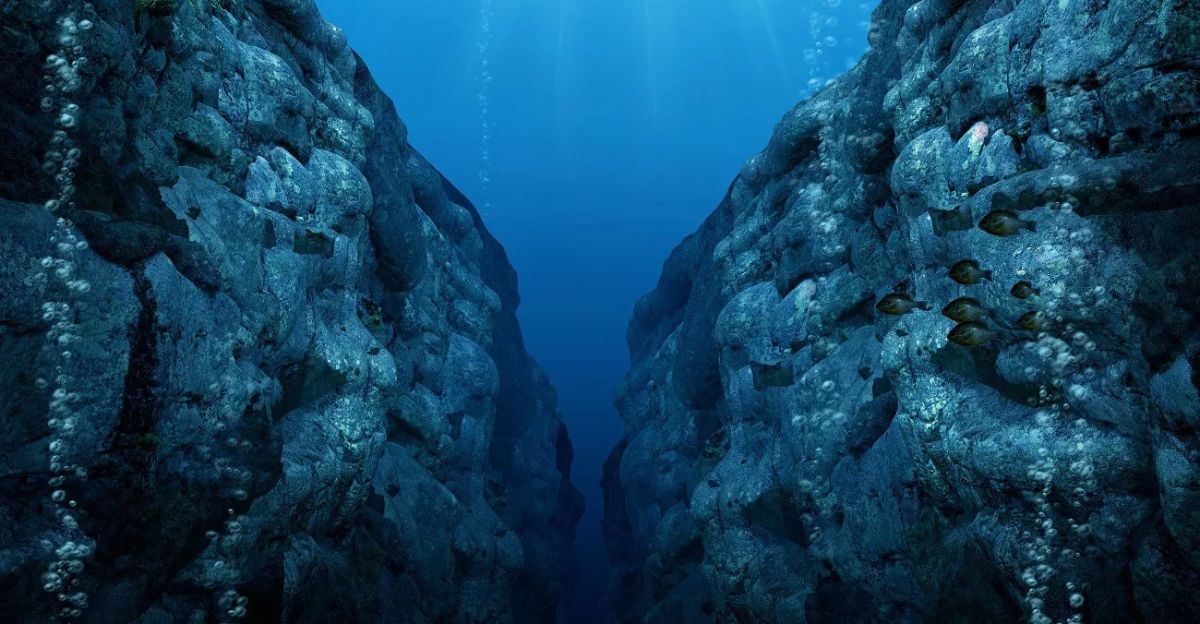
Oceanic plateaus, also known as sub-oceanic plateaus, are large, flat underwater elevations that rise sharply above the surrounding seafloor. They are formed primarily by massive volcanic activity related to hotspots or mantle plumes, creating a thick igneous crust much thicker than the typical oceanic crust. These plateaus can cover vast areas of 5% of the ocean floor and are more buoyant and resistant to subduction, sometimes docking onto continental margins and contributing to continental growth.
Notable examples include the Ontong Java and Caribbean plateaus, which have played significant roles in Earth’s geological and climatic history. “It was thought that because the sub-oceanic plateaus are thicker, they should be stronger,” says Gün. “But our models and seismic data show the opposite: the plateaus are weaker.”
Discovery of Massive Internal Faults
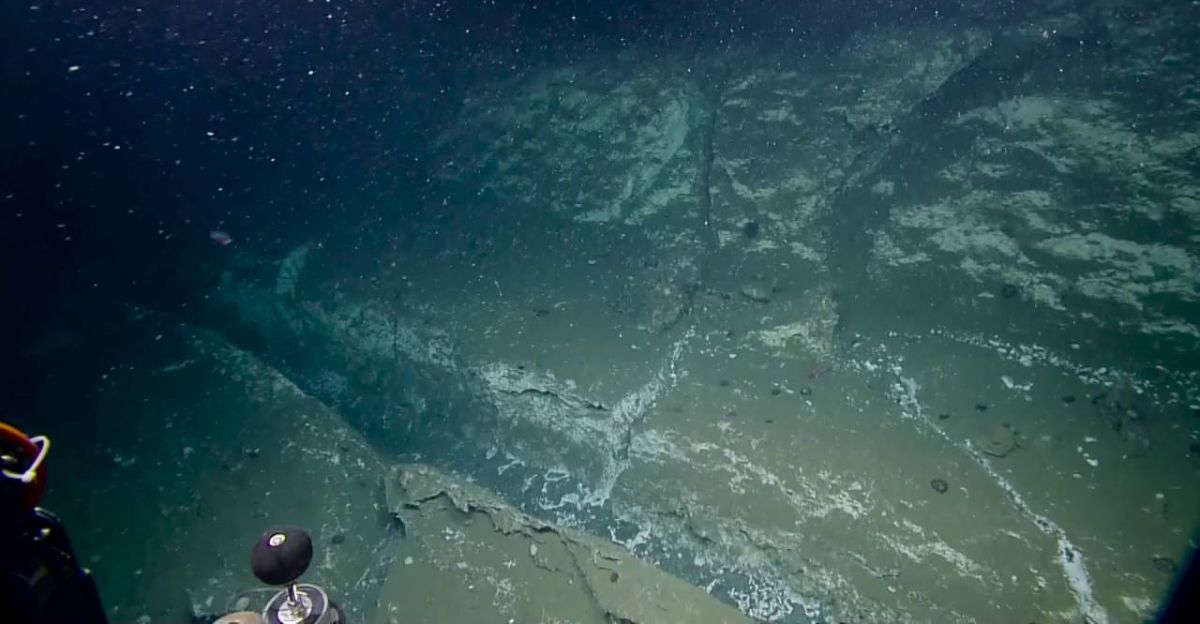
Using supercomputer models and seismic data, scientists identified huge faults within four major sub-oceanic plateaus in the western Pacific-Ontong Java, Shatsky, Hess, and Manihiki-where the plate is being pulled westward toward subduction zones. These faults, some thousands of feet deep and stretching hundreds of miles, reveal that the plate is fracturing from within, not just at its edges.
“What we’re doing is refining plate tectonics — the theory that describes how our planet works — and showing those plates aren’t as pristine as we previously thought,” said Russell Pysklywec, a professor in the Department of Earth Sciences at the University of Toronto.
How the Plate Is Being Torn Apart
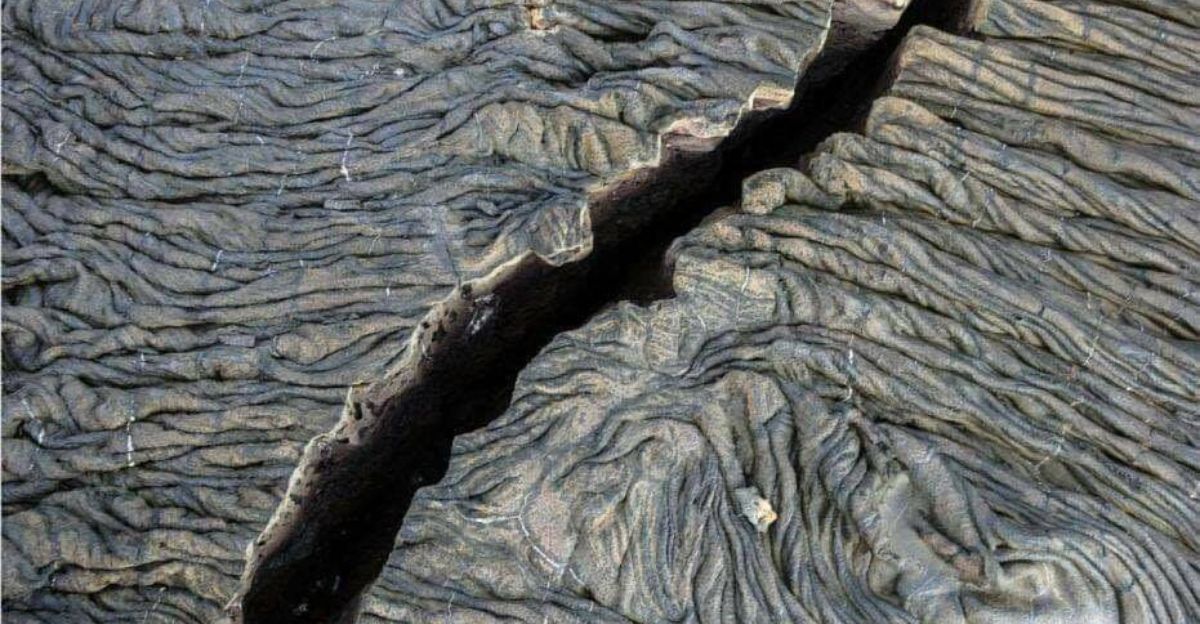
The Pacific Plate is being torn apart primarily due to intense tectonic forces that pull it westward toward subduction zones near Japan and New Zealand. As the plate bends and descends into these trenches, it experiences immense stress that causes internal faulting and fracturing. This tearing occurs along large, deep faults within thick sub-oceanic plateaus, where the plate’s buoyancy and thickness make it more susceptible to internal deformation than just bending at the edges.
The combination of bending stresses, horizontal shear from oblique convergence, and the plate’s own structural weaknesses results in the plate breaking apart internally, rather than behaving as a single rigid slab.
Seismic Risks Beneath the Ocean
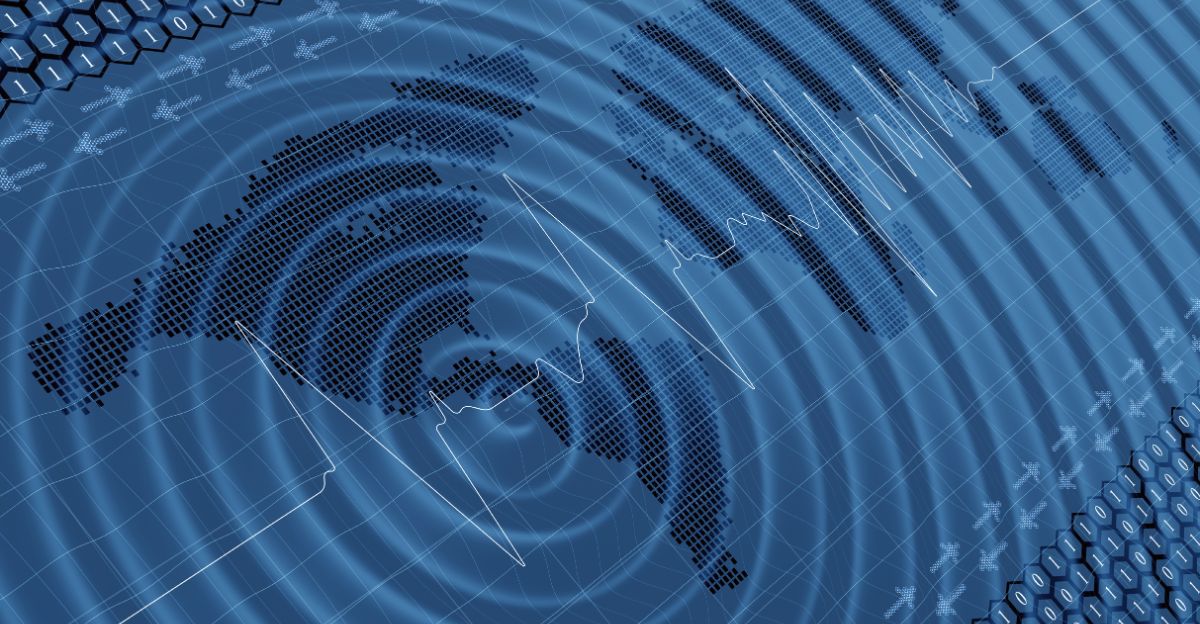
These faults indicate that the plate is fracturing internally as it is pulled toward subduction zones, creating zones of weakness that could generate earthquakes away from traditional plate boundaries. Such internal tearing may contribute to unexpected seismic activity and could be linked to episodic volcanism in the region.
Given the vast size of the Pacific Plate and the scale of these faults, this new understanding raises concerns about the potential for large undersea earthquakes, which can trigger tsunamis and pose hazards to coastal populations around the Pacific Rim, often called the “Ring of Fire”.
Implications for Volcanic Activity
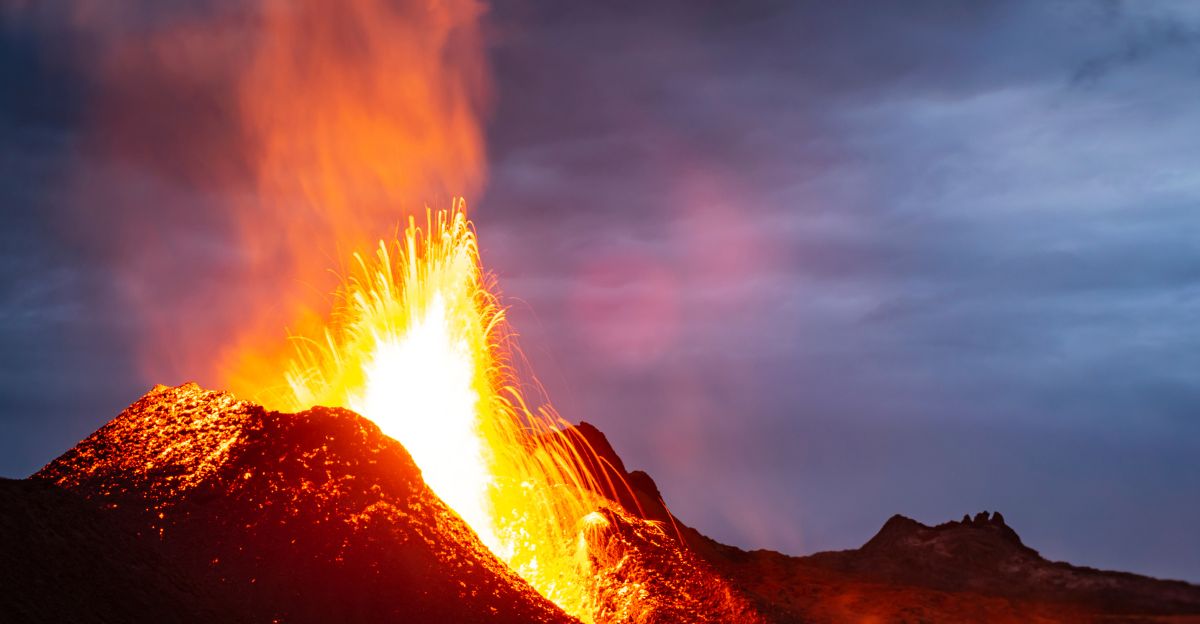
These faults create zones of weakness within the plate that may facilitate the ascent of magma, potentially triggering episodic volcanic eruptions. Thick sub-oceanic plateaus, once considered strong, are more prone to tearing, which could explain past volcanic activity linked to these damaged areas.
This internal fracturing may influence the location and timing of volcanic hotspots, suggesting a direct connection between plate deformation and volcanism beneath the Pacific Ocean. “There is evidence that volcanism occurred at these sites in the past,” says Gün, “but it isn’t clear if that’s happening now.”
Rethinking Plate Tectonics Theory
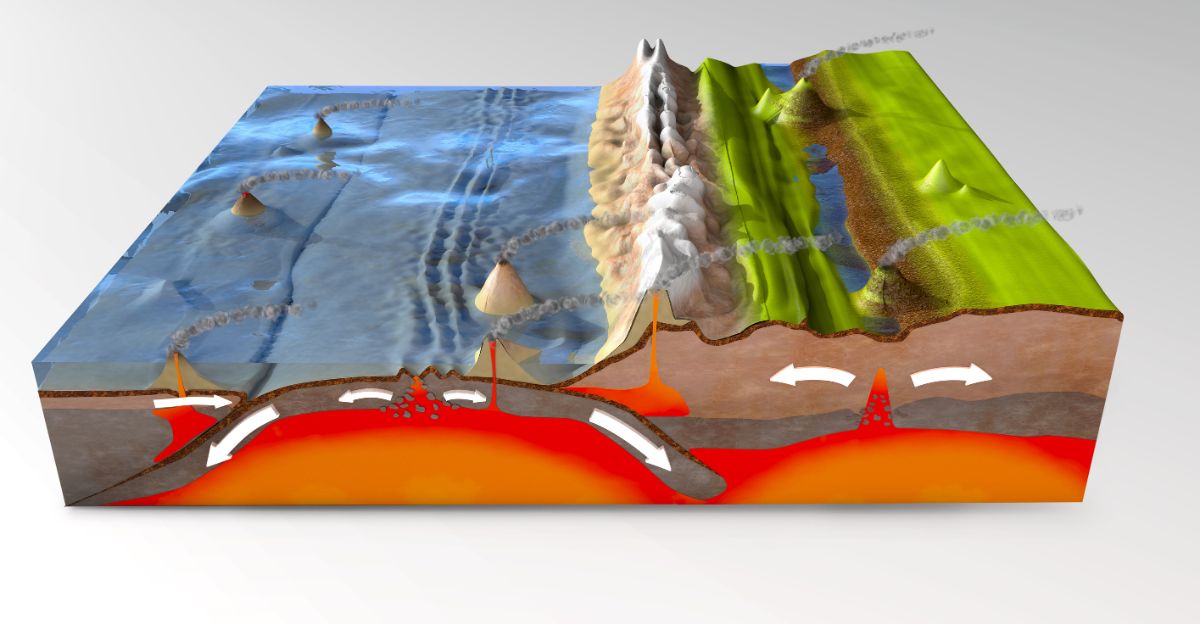
Previously, oceanic plates were considered rigid, intact slabs moving smoothly across the mantle, with deformation mainly occurring at their boundaries. However, new evidence shows that these plates, especially thick sub-oceanic plateaus, are internally fractured and torn by uneven tectonic forces. This challenges the notion of plates as pristine, unbroken units and suggests a more complex, dynamic behavior involving internal faulting and variable strain distribution.
As a result, plate tectonics models must be refined to incorporate these internal deformations, improving our understanding of seismic and volcanic activity beneath the oceans and reshaping the fundamental framework of Earth’s lithosphere. “The theory’s not carved in stone, and we’re still finding new things,” says Pysklywec. “Now we know this fault damage is tearing apart the center of an ocean plate – and this could be linked to seismic activity and volcanism.”
The Pacific Plate’s Internal Stress
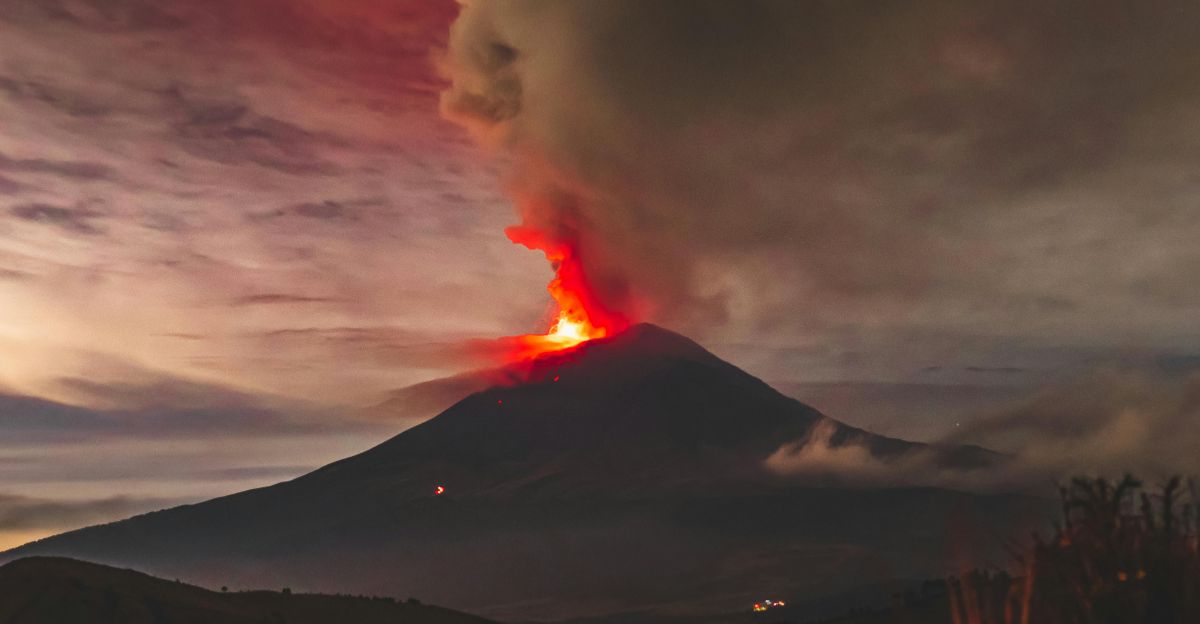
These stresses arise from compressional forces near subduction zones, shear along transform faults, and uneven thermal contraction of the cooling lithosphere. The plate’s thick sub-oceanic plateaus are particularly affected, where internal faulting and fracturing occur as the plate is pulled and bent.
This complex stress regime leads to intraplate deformation, contributing to seismic activity and volcanic processes far from plate boundaries, revealing that the Pacific Plate is far from a uniform, rigid slab but a dynamic structure under continuous internal strain.
A New Era in Geoscience
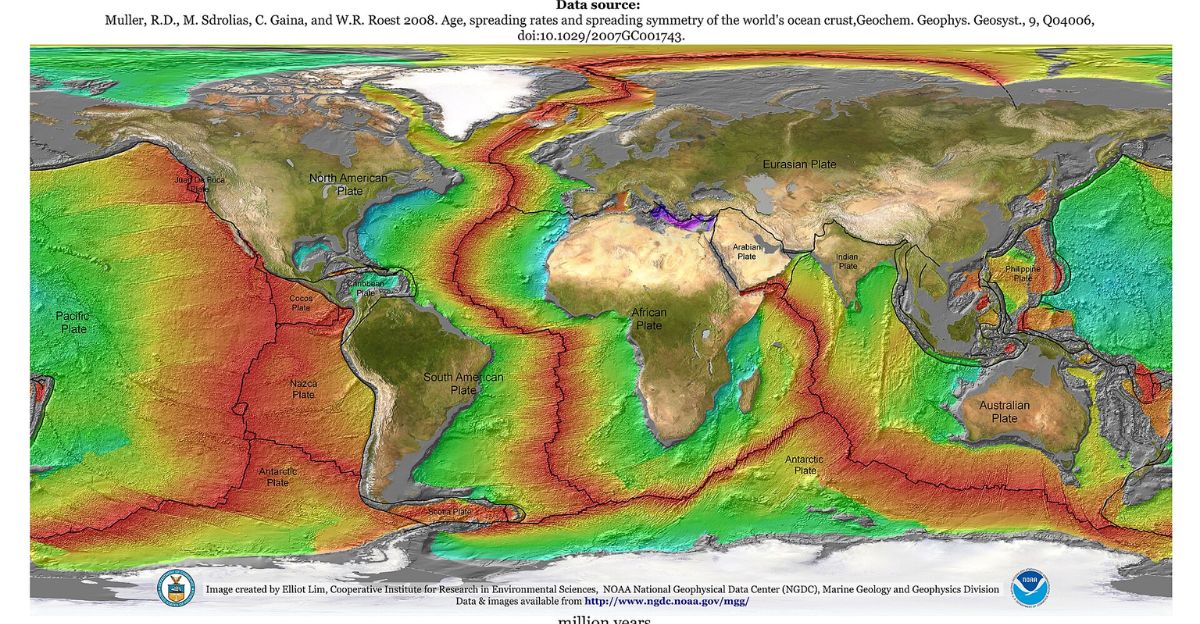
This discovery completely reshapes the way researchers think about the Earth’s lithosphere. No longer seen as rigid, unbreakable slabs, oceanic plates are now recognized as fragile, evolving structures subject to complex internal stresses and fractures. This paradigm shift challenges long-held assumptions in plate tectonics, showing that there’s so much more beneath the waves than we might have thought.
As researchers continue to explore these hidden fault zones, this new knowledge promises to refine models of seismic and volcanic hazards, enhance earthquake prediction, and deepen our grasp of Earth’s ever-changing geology.
Explore more of our trending stories and hit Follow to keep them coming to your feed!

Don’t miss out on more stories like this! Hit the Follow button at the top of this article to stay updated with the latest news. Share your thoughts in the comments—we’d love to hear from you!







